Icons of Influence: Haircuts That Changed the Fashion World
Haircuts are more than mere styles; they are potent symbols of identity, culture, and change. Throughout history, certain haircuts have not only defined individuals but also shaped entire movements in the fashion world. These iconic hairstyles often reflect societal norms while challenging them, serving as tools for self-expression and rebellion. In this article, we’ll explore some of the most influential haircuts that have left an indelible mark on fashion history.
1. The Bob Cut: A Symbol of Freedom
Origins and Evolution
The bob cut emerged in the early 20th century as a drastic departure from the traditional long hairstyles typically associated with femininity. During the roaring 1920s, women like Louise Brooks and Clara Bow popularized the style, embodying the flapper spirit of liberation and sexual freedom. This haircut signified a monumental shift towards women’s independence, coinciding with the suffrage movement and the changing roles of women in society.
Cultural Impact
The bob cut quickly became synonymous with modern femininity. It was a visual statement that women were stepping away from outdated conventions. In stark contrast, the previous Victorian ideals of femininity, where long, flowing hair was a mandatory symbol of virtue, the bob suggested that women could embrace their individuality and autonomy.
Modern Revivals
The bob has undergone numerous revivals throughout the decades. In the 1960s, figures like Twiggy brought a new twist to the style with her pixie bob, further pushing boundaries of beauty. By the 1990s, innovation in haircare products led to variations of the bob, assuring its relevance in popular culture.
2. The Pixie Cut: The Ultimate Rebellion
A Historical Overview
Introduced by the likes of Audrey Hepburn and Mia Farrow during the mid-20th century, the pixie cut is a hairstyle with a rich narrative of rebellion and femininity. Hepburn’s iconic look in “Roman Holiday” not only emphasized her delicate features but also served as a rallying point for women looking to defy conventional beauty standards.
Societal Reflection
The pixie cut represents a radical transformation in the way women perceived themselves and their bodies. The style’s close-cropped nature often evokes a sense of youthful fearlessness and freedom. During the feminist movements of the 1960s and 70s, the pixie also connected to women’s rights and liberation, often appearing as a college girl’s first act of rebellion.
Iconic Figures
Modern icons like Emma Watson and Miley Cyrus have reinvigorated the pixie cut, allowing it to transcend generations and manifest as a bold fashion statement. As celebrities sport this haircut, they redefine beauty standards, suggesting that femininity can exist in various forms beyond the traditional.
3. The Afro: A Celebration of Natural Beauty
Roots in Culture
Originating from African heritage, the Afro gained immense popularity during the civil rights movement of the 1960s and 70s. Icons like Angela Davis and Jimi Hendrix wore their hair proudly, amplifying the association between natural hair and cultural pride. The Afro was not merely a hairstyle; it was a declaration of identity against Eurocentric beauty standards.
The Movement
The Afro’s rise to popularity was also a part of the wider Black is Beautiful movement, which sought to reclaim and celebrate Black identity and aesthetics. It challenged societal norms, particularly in the fashion world, where straight hair was often seen as the standard for beauty.
Contemporary Recognition
Today, the Afro continues to symbolize empowerment and self-acceptance in the face of oppression. It has found a new audience through figures like Solange Knowles and Erykah Badu, who embrace natural hairstyles while advocating for social justice and representation.
4. The Mohawk: An Antithesis of Norms
The Origins
The Mohawk hairstyle has its roots in Indigenous cultures but gained immense popularity with the punk movement of the late 1970s and 80s. Bands like The Sex Pistols and The Clash adopted the hairstyle as a radical statement against mainstream society. The Mohawk manifests rebellion through its stark contrast to the sanitized norms of the fashion world.
Cultural Significance
The Mohawk epitomizes individualism, often associated with non-conformity and counterculture movements. It serves as a canvas for self-expression, as individuals personalize the hairstyle with colors, designs, and accessories.
Modern Acceptance
Today, the Mohawk has found a niche in high fashion, appearing on runways and in editorial shoots. Designers and stylists appreciate its boldness, often using it to signify freedom and artistic expression within the contemporary fashion narrative.
5. The Under-cut: A Blend of Classic and Contemporary
Overview
Emerging in the early 20th century, the undercut became widely popular in the 2010s. This hairstyle combines traditional elements with a modern twist, featuring shaved or significantly shorter sides and longer hair on top. It signifies a departure from conventional norms while keeping a connection to historical styles.
Fashion Statement
The undercut has been embraced by various subcultures, from punk to hip-hop, becoming a ubiquitous symbol in modern fashion. Celebrities like David Beckham and Rihanna have sported undercuts, lending the hairstyle mainstream appeal and visibility.
Versatility
One of the key factors contributing to the undercut’s popularity lies in its versatility. It can be adapted for both men and women and can be styled in numerous ways, from slicked-back looks to tousled textures. This adaptability maintains its place within the ever-evolving landscape of fashion.
6. The Long Shag: A Retro Revival
An Introduction
The long shag haircut, with its layered and textured appearance, became hugely popular in the 1970s. Iconic figures such as Farrah Fawcett exemplified its carefree, free-spirited nature, aligning with the counterculture movements of the time. The shag represented a rejection of rigid hairstyles, allowing hair to flow freely and naturally.
A Return to Popularity
In recent years, the long shag has seen a resurgence on runways and street styles, favored by celebrities and influencers alike. Its effortless appearance caters to the growing demand for low-maintenance hairstyles while still remaining stylish and chic.
Cultural Resonance
The long shag encapsulates a sense of nostalgia, reminding many of a liberated time in history. It is often associated with youthfulness and creativity, qualities that many seek to embody through their fashion choices today.
7. The Curtain Bangs: A Timeless Classic
Origins
Originally popularized in the 1970s and 80s, curtain bangs have made a tremendous comeback. This soft, face-framing style suits various hair types and lengths, providing an easy way to change one’s look without sacrificing hair length.
Contemporary Influence
Today, celebrities such as Jenna Ortega and Billie Eilish sport curtain bangs, blending softness with edginess and capturing a youthful aesthetic. They bridge the gap between modern trends and classic styles, allowing individuals to experiment with their appearance without drastic changes.
Versatile Aesthetic
Curtain bangs can be adapted for various looks, making them a favorite among hairstylists for their flexibility. They can be worn straight, wavy, or curly, lending themselves to casual and formal settings alike.
8. The Lob: Modern and Chic
Defining the Lob
The lob, or long bob, has gained immense popularity over the past decade for its chic and versatile appeal. Its shoulder-length cut strikes a perfect balance between casual and polished, making it ideal for the modern woman balancing multiple roles.
Fashion Forward
Celebrities like Jennifer Aniston and Amal Clooney have championed the lob, demonstrating its aesthetic versatility in both casual and formal settings. Its elongating effect makes it flattering for various face shapes, further enhancing its appeal.
Global Influence
Globally, the lob has transcended cultural boundaries, being embraced by women from diverse backgrounds. Its universal appeal reinforces the idea that style can be both practical and fashionable.
Conclusion
The world of fashion is ever-evolving, but the influence of these iconic haircuts remains undeniable. Each hairstyle tells a story, reflecting shifting norms, cultural movements, and evolving definitions of beauty. From the liberated bob to the rebellious Mohawk, haircuts possess the power to change perceptions and affect social change.
In examining these influential hairstyles, it’s clear that they serve not just as aesthetic choices but also as expressions of identity, rebellion, and freedom. As we continue to explore the intersections of culture and fashion, we pay homage to the icons who embraced their unique hairstyles and, in turn, changed the world.
References
- [1] Steele, Victoria. “The Story of Hair: A New Perspective on Hair Histories.” Fashion Studies Journal.
- [2] Bailey, Katherine. “Modern Women: Icons of Influence & Styles Across Eras.” Journal of Fashion Theory.
- [3] Wilson, Naomi. “Cultural Hair and Identity in Modern Fashion.” Fashion and Society Studies.
- [4] Jackson, Miranda. “Revolutionary Cuts: Hair and Feminism in the 20th Century.” Feminist Review.
- [5] Acosta, Lisa. “Hair as a Statement: The Influence of Hairstyles on Fashion Trends.” Journal of Contemporary Style.
With a blend of cultural analysis, historical context, and modern reflections, this article encapsulates the dynamic nature of hairstyles as pivotal elements in the fashion narrative. Each haircut not only defines personal style but also challenges societal norms, making them enduring icons of influence in the fashion world.

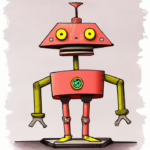


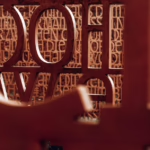










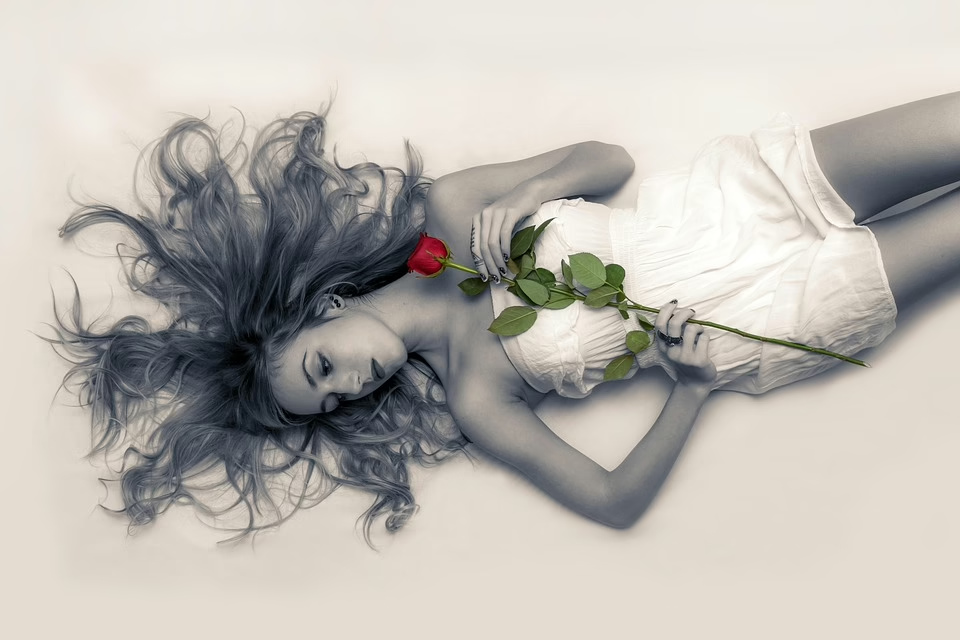
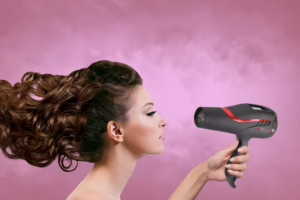
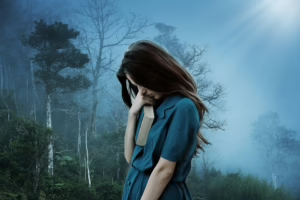
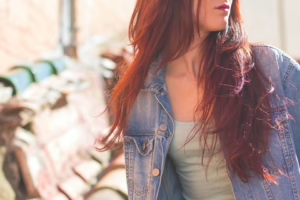
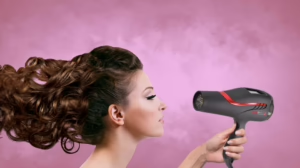
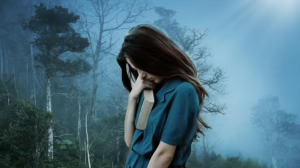
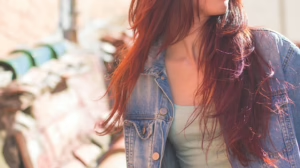




Add Comment